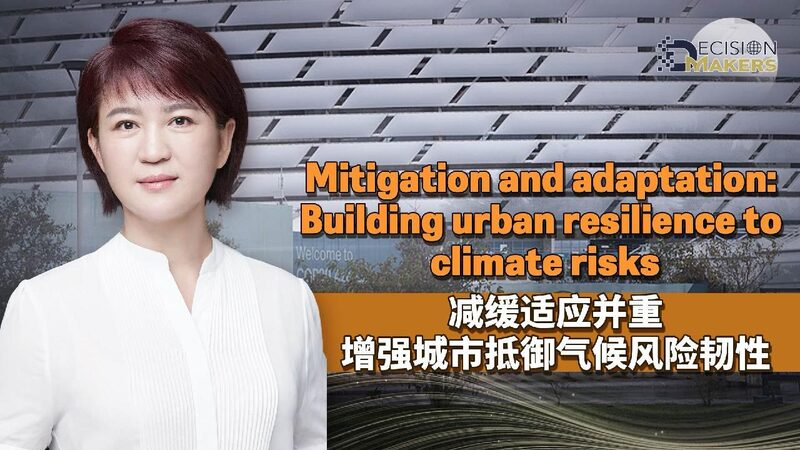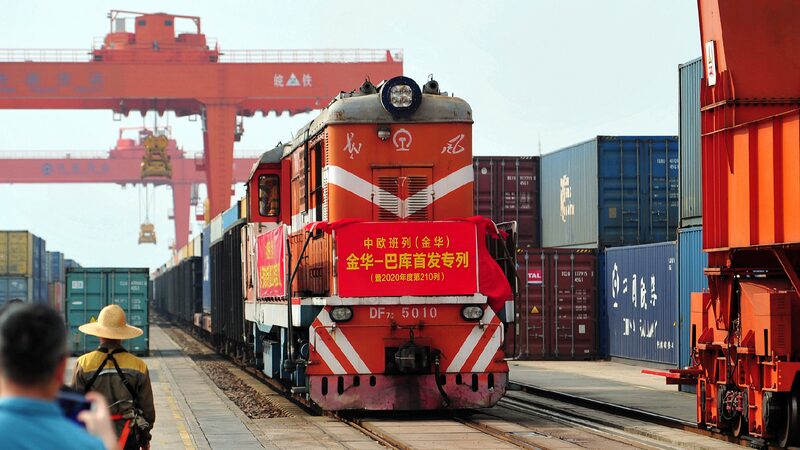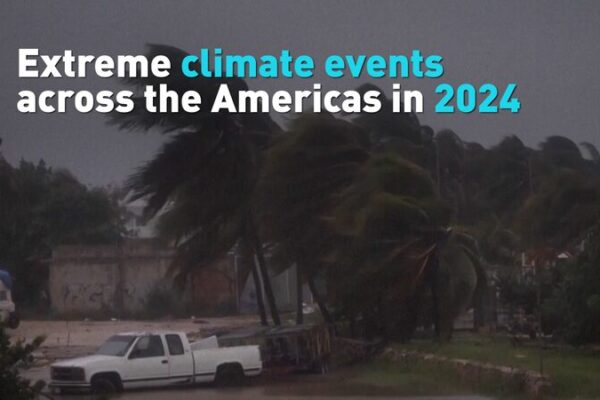The world is changing rapidly, and nowhere is this more evident than in our cities. Home to over half of the global population, urban areas are both contributors to and victims of climate change. As rising temperatures and extreme weather events become the new normal, the need to build resilient cities has never been more urgent.
At the recent United Nations climate conference in Baku, Azerbaijan, leaders and experts gathered to address the pressing issue of climate change. A key focus was the role of cities in both mitigating and adapting to climate risks. According to the World Resources Institute (WRI), cities are responsible for nearly 75% of global CO2 emissions. This means that urban centers have a significant role to play in reducing greenhouse gas emissions and implementing sustainable practices.
In countries like China, where urbanization continues at a rapid pace, integrating climate strategies into city planning is crucial. With the urbanization rate projected to reach 70% by 2030, cities have the opportunity to lead the way in green growth and resilience. A recent study by WRI highlights the challenges that lie ahead under different warming scenarios. If global temperatures rise by 3 degrees Celsius, the number of high-temperature days in China could increase by 70%, leading to longer and more intense heatwaves, especially in major urban hubs.
But the challenges are not limited to heatwaves. Extreme rainfall could increase landslide risks by 13%, and vector-borne diseases like malaria and dengue may spread to new regions, posing significant public health threats. These impacts underscore the urgent need for comprehensive adaptation strategies that protect both people and infrastructure.
Investing in climate resilience is not just about avoiding disasters; it’s about creating cities that are sustainable and livable for future generations. WRI’s research shows that for every unit of currency invested in resilient infrastructure, the return can be up to 20 times over 30 years. This means that building for resilience is not a cost but a smart investment that pays off in economic and social benefits.
Success stories are emerging. Cities like Shenzhen have managed to cut emissions significantly without compromising the quality of life for residents. By promoting energy-efficient buildings, renewable energy, and low-carbon lifestyles, Shenzhen reduced its emissions by 43%. These examples demonstrate that with the right policies and community engagement, cities can make substantial progress in the fight against climate change.
Collaboration is key. Governments, businesses, and communities must work together to integrate climate-resilient technologies into urban development. Engaging residents through community-based initiatives and local governance empowers people to take an active role in building resilience.
The time to act is now. As the impacts of climate change become more pronounced, cities have a critical role in shaping a sustainable future. By investing in resilience and embracing innovative solutions, we can build urban environments that withstand the challenges of a changing climate and ensure a better quality of life for all.
Reference(s):
Mitigation and adaptation: Building urban resilience to climate risks
cgtn.com








